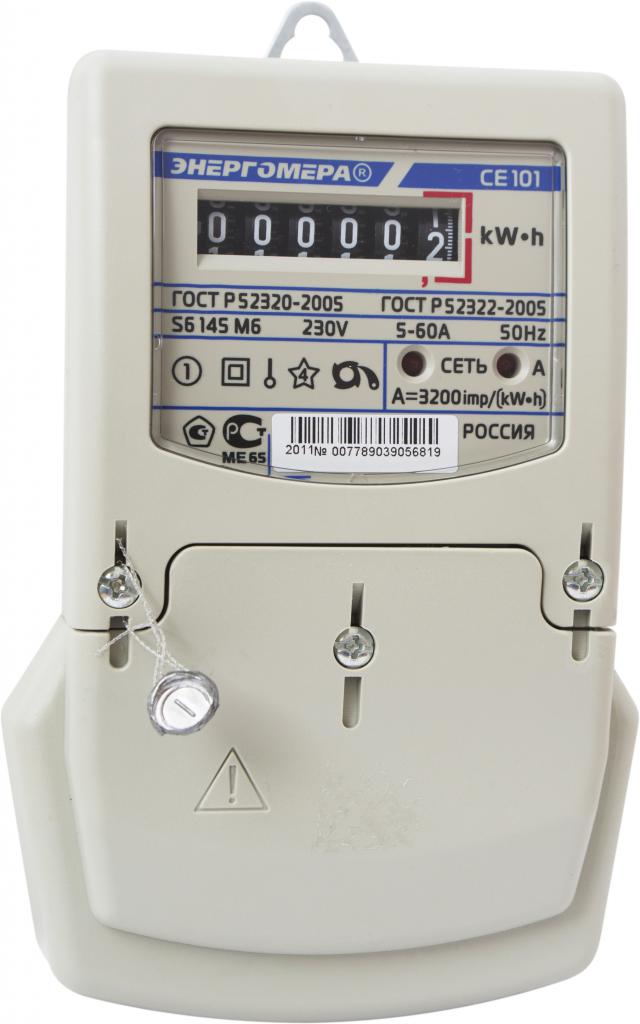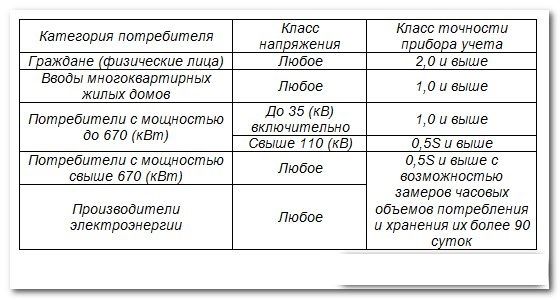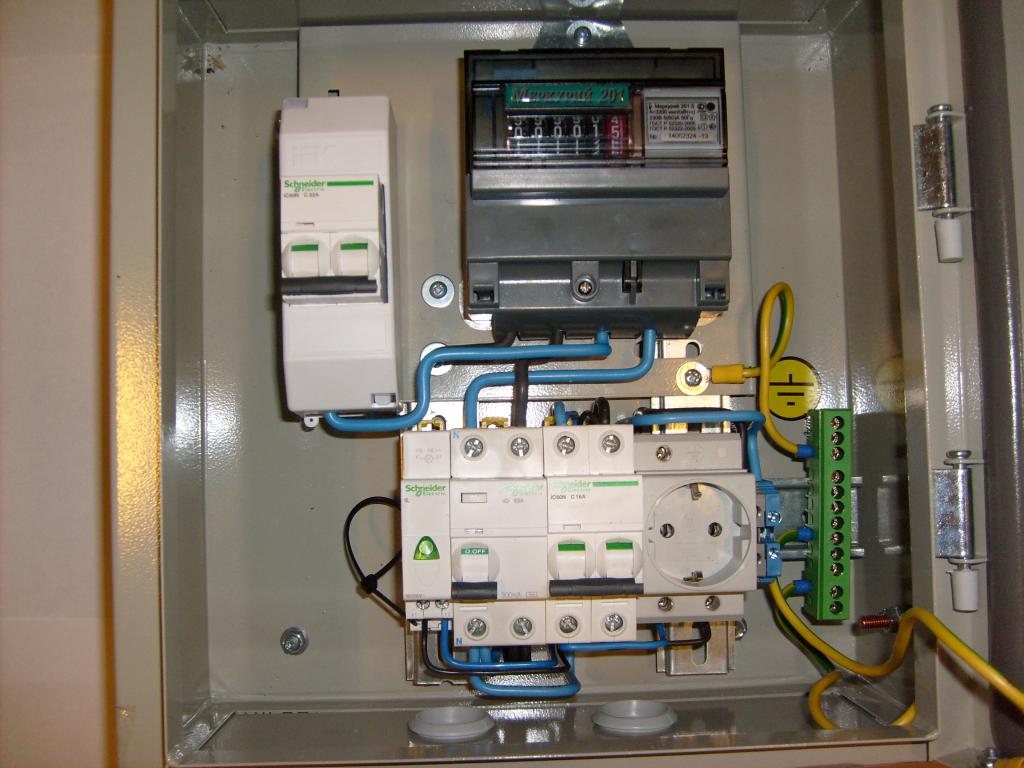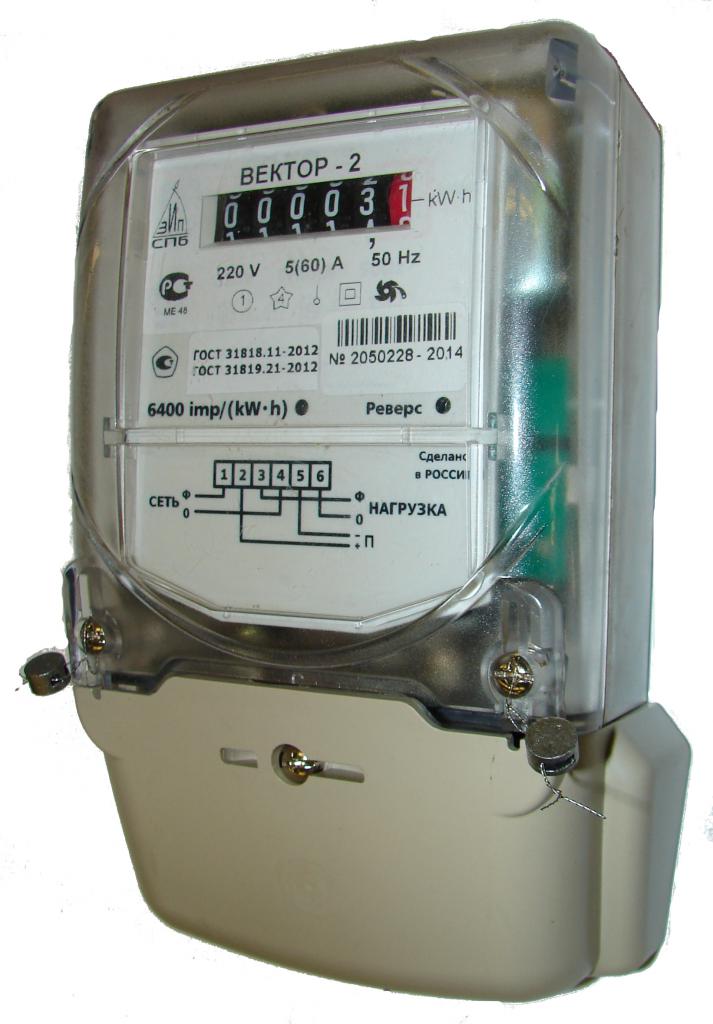Electricity, as a product, is sold and bought, therefore, it is necessary to keep records of power consumption for each house or apartment. For this purpose, there are special devices - electric meters, so that the consumer pays only the actually consumed amount of electricity and does not overpay according to the standards. The market offers a wide selection of models of metering devices, so you need to navigate in the characteristics and purchase such a meter so that it fits the requirements of GOST and is convenient for operation. Before making a purchase, you need to pay attention to the following characteristics.
Phase classification
Depending on what type of electrical network is carried out in the house (with a single-phase voltage or three-phase), it is necessary to purchase an appropriate meter:
- Single-phase meter - it is installed in a single-phase (two-wire) network with a voltage of 220 V. Such electrical networks are mainly carried out in apartments, individual residential buildings, small shops, offices.
- Three-phase metering device - is installed in a three-phase network with a voltage of 380 V. Such electrical networks are carried out in large cottages, at industrial facilities, in large shops, restaurants, administrative buildings and warehouses, in a word - at large facilities.
Functional classification
According to the type of operation, the meters are divided into:
- Induction.
- Electronic.
Below these types are considered in more detail.
Induction meter
The principle of operation consists in the action of a magnetic field arising from the passage of current through a coil to a disk, which from this influence comes into rotational motion. In turn, the rotation of this disk moves the wheels with numbers representing the amount of electricity passed through the coil. The more power is consumed at the moment, the higher the speed of rotation of the disk and wheels with numbers.

Such meters, also known as mechanical, are installed in most homes in Russia. They have their advantages - simplicity of design, reliability, durability (service life above 15 years), low cost. But they have a significant drawback - the low accuracy class of the electric meter is 2.0 and 2.5, which means that the error in the readings is more than 2%. In other words, the consumer can both overpay for electricity and underpay.
Induction meters were installed back in Soviet times and their life is gradually coming to an end. It is advisable to replace them with electronic ones in order to achieve improved measurement accuracy and reliability.
Electronic meter
Belongs to the modern class of metering devices. The principle of operation is based on taking into account the pulses of the passing active power by a special microcontroller. The main advantage over induction is the high accuracy class of the meter, therefore, it more accurately calculates the consumed electricity. It is more durable, since it does not have moving elements, has a longer period between inspections, and can consider electricity at various rates (day, night). It can be equipped with an internal memory that can remember the readings of previous months. In some models, there is a function of automatically sending readings for light to the energy supplying organization.

Such counters consist of microcircuits to which current is supplied, and the value of power consumption is displayed on an electronic display or by means of spinning wheels with numbers. The advantages also include: small size, convenience and ease of use. The disadvantage is the high price.
Accuracy class
The question arose of what this accuracy class of an electric meter is. The accuracy class is called the measurement error in percentage terms. In other words, if the accuracy class of the meter 1 is marked on the front panel, this means that the measurement error is not more than one percent of the maximum value measured by this device.

Accuracy class is indicated on all measuring devices, allowing to determine any values. This concept exists at the legislative level and regulates the permissible level of error in electric energy meters.
Required accuracy class
What class of accuracy of the electric meter should be? Previously used induction meters with an error of 2.5%. To date, the RF Government Decree No. 442 dated 05/04/2012, which states that:
To account for the electric energy consumed by citizens, as well as at the interface between electric grid facilities and in-house engineering systems of an apartment building, metering devices of accuracy class 2.0 and higher are to be used.
That is, electronic meters with 1st and 2nd accuracy classes are suitable. The accuracy class requirements for electric meters are summarized for convenience.

Replace Required
- Electric meters with an accuracy class below 2.0. For example, metering devices with an error level of 2.5 must be replaced.
- With an expired date of mandatory verification.
- Expired.
- Without the seal of the state inspecting organization.

It is also necessary to replace the meter if during the next inspection of the device by the power supply organization the following technical violations are found:
- Damage to the case or internal equipment of the meter.
- Changing the scheme to steal electricity (in addition to replacing the meter, the owner is fined).
- As a result of the check, the error exceeds 2.5%.
Electric meter "Mercury"
This device is presented as one of the options for an electricity meter.

This is a single phase single rate model. The electric meter "Mercury" has an accuracy class of 1, therefore, it is suitable for installation in an apartment or in an individual house. Designed to measure power consumption in single-phase AC circuits. Network characteristics: voltage 220 V, frequency 50 Hz, rated current value 50 A. The screwless compact housing is equipped with an electromechanical calculating device, due to which it has a wide temperature range in which it can operate (-40about : +55about) It is mounted in an electrical panel on a din rail. The retail price is 859 rubles.
Power meter selection
Before you buy a meter, you need to calculate how much power will be in the circuit. You can use Ohm's law: to do this, add up all the power of electrical appliances (unit of measure W) used in the apartment, and divide this amount by a voltage of 220 V. The result is the value of the nominal current in amperes. Choose should be the electricity meter with the next largest value. Usually, 50-60 A is enough, but in general, meters are produced for currents from 5 A to 100 A.
Counter mount
The universal and most convenient way to mount the meter in an electrical panel is to install it on a DIN rail (this is a special metal sealer for mounting electrical equipment). You can additionally purchase a mounting bracket for installation directly on the wall using screws or bolts.

Useful tips for choosing
For the most optimal selection of an electricity meter, it is recommended to adhere to the points listed below:
- Before buying, it is mandatory to check the presence of seals on the device body; the number of its last state verification should not be longer: for single-phase - 2 years; for three-phase meters - 1 year.
- When choosing a meter in a garage, you need to give preference to a device with a large rated current, because there often several powerful consumers of electricity, such as a welding unit, heat gun and compressor, turn on at the same time.
- It is imperative to choose a meter with the correct phase, depending on which network is carried out at home or in the garage. On the device should be written 220/230 V 50 Hz - this is single-phase, 3x230 / 400 V 50 Hz - this is three-phase.
- Electric meters with an accuracy class of 0.5-1 are much more expensive in cost than with an error class of 2, which also meet the requirements for appliances in an apartment.
- The cost of devices with the function of automated electricity metering is quite high, and in domestic conditions this option is useless. For an apartment, you should not buy such a counter.
- Before buying, it is advisable to ask about the cost of servicing the selected device so as not to run into high prices.
- It will not be superfluous to find out from the seller about the noise level of the meter, so as not to get an unpleasant surprise in the house. Although if the meter will be located in the entrance, this characteristic becomes unimportant.
- Without exception, all measuring devices, and in particular electric meters, must undergo state verification (verification of compliance with the class of measurement accuracy and functionality). For electronic meters, this period lasts 10-16 years, and for mechanical or induction meters, it does not exceed 8 years.
- A mechanical or induction meter is best manually checked in a store. To do this, turn the disk by hand, it must continue to spin even after it has been released. This shows its performance. If jamming is observed, the meter is not suitable for use.
- You should think about whether a multi-tariff device is needed, since this function increases the cost of the meter. For example, for a summer residence where people are not constantly located, you can not overpay for a multi-tariff meter. In some regions, there is no difference at all between the daily and night rates, therefore, they also do not need such a function.
